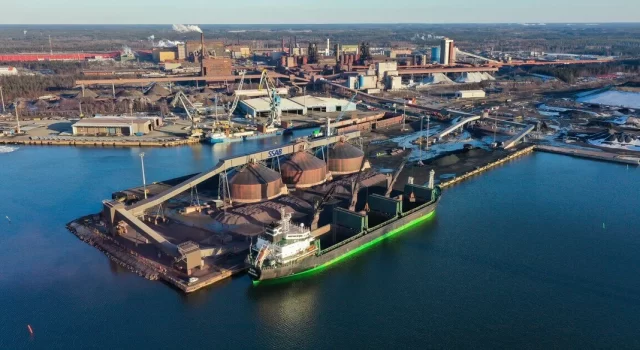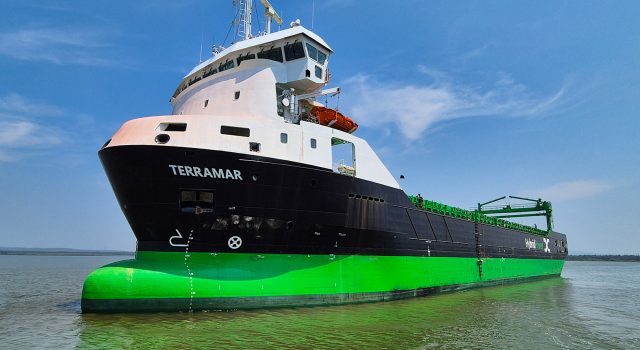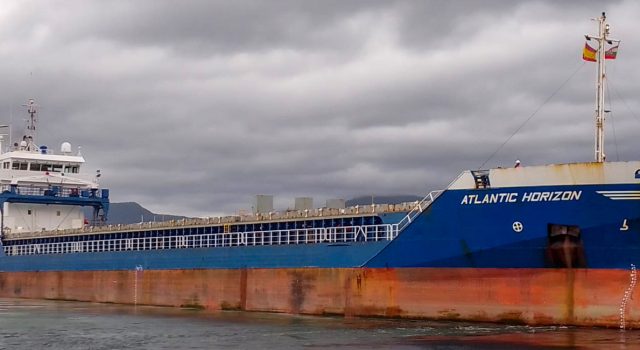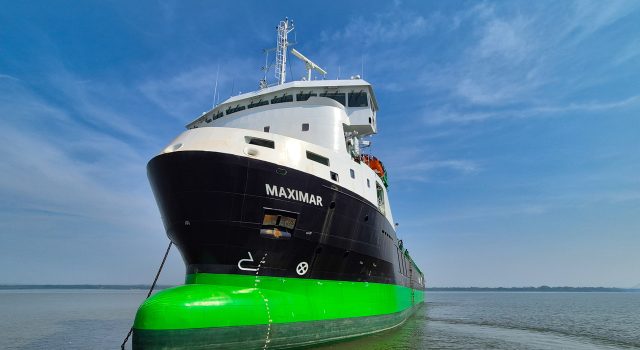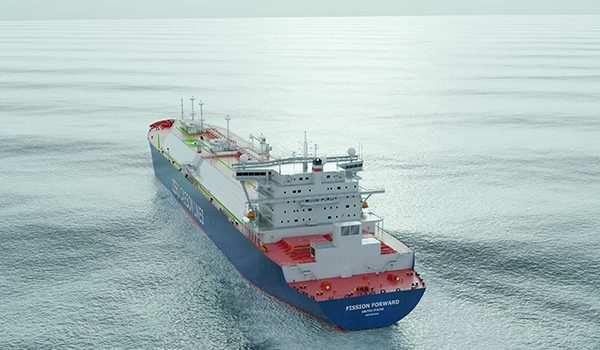According to the Commission’s proposal, emissions from heavy-duty vehicles will have to be reduced by 15% by 2025 and by at least 30% by 2030 from the 2019 level. Heavy-duty vehicles (HDVs), which cover trucks, buses and coaches, currently account for around 5% of the EU’s total emissions.
Liquefied natural gas (LNG) and liquefied biogas (LBG) offer a competitive alternative for significant cuts in carbon dioxide, nitrogen oxide and particulate emissions. With LNG, heavy-duty transport emissions are up to 15% lower than with diesel fuel, and with LBG the reduction is as much as 85%.
”In heavy-duty transport, opportunities for major emissions reductions are scarce. By using liquefied natural gas or liquefied biogas, the targets set by the Commission can already be achieved today. It’s also worth noting that engine technology of LNG-powered heavy-duty vehicles is advancing rapidly at the moment,” says Matti Oksanen, Director, Product Management and Solutions, Biogas, Gasum.
Network expanding in Finland, Sweden and Norway – investment subsidy enabling up to 16 new filling stations to be opened in Sweden
LNG is currently available in Helsinki, Vantaa, Turku and Jyväskylä, and new stations are planned for key transport nodes in areas including Kuopio, Lahti, Oulu and Seinäjoki.
This year Gasum is also expanding its LNG filling station network to Sweden and Norway. In February, the Swedish Environmental Protection Agency granted Gasum more than €9 million in investment subsidy, which enables the construction of 16 new gas filling stations in Sweden.
“Gasum has been taking determined steps to expand the gas refueling infrastructure as gas is a key way of achieving the stricter emission targets in road as well as maritime transport. We welcome the Commission’s proposal for the new emission limits: together with the Action Plan on Alternative Fuels Infrastructure, the proposal boosts the take-up of LNG and LBG as heavy-duty transport fuels,” says Gasum CEO Johanna Lamminen.
The Commission’s proposal for emission limits for heavy duty vehicles will next be considered by the European Parliament and the Council of the European Union.


